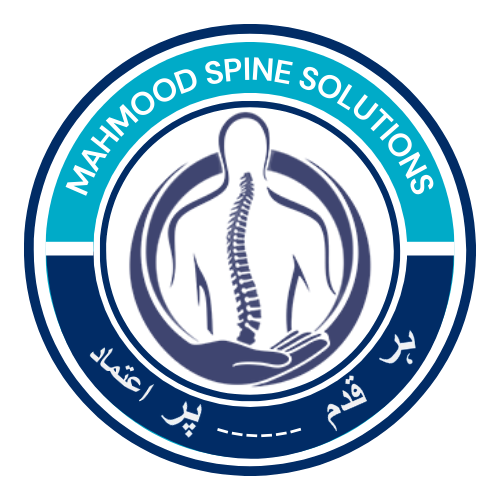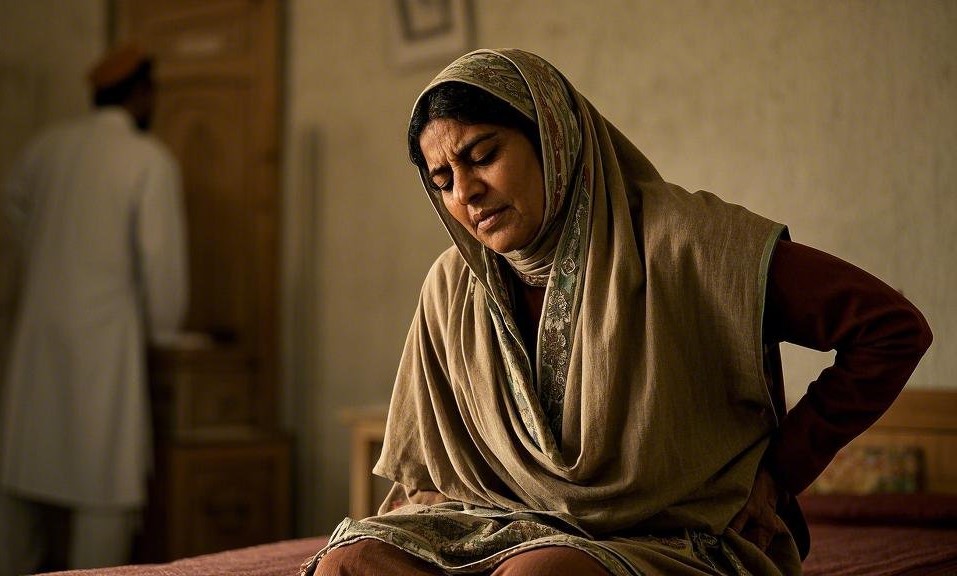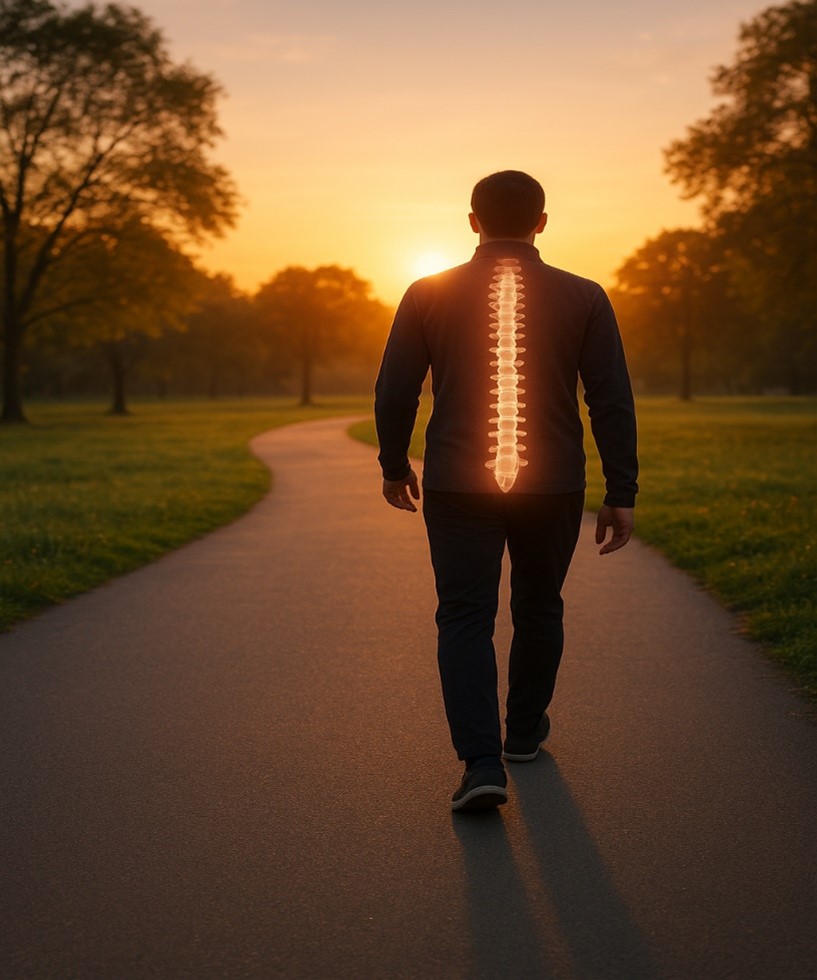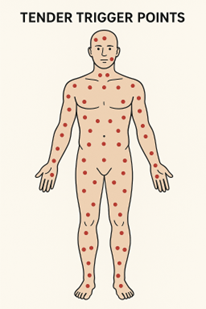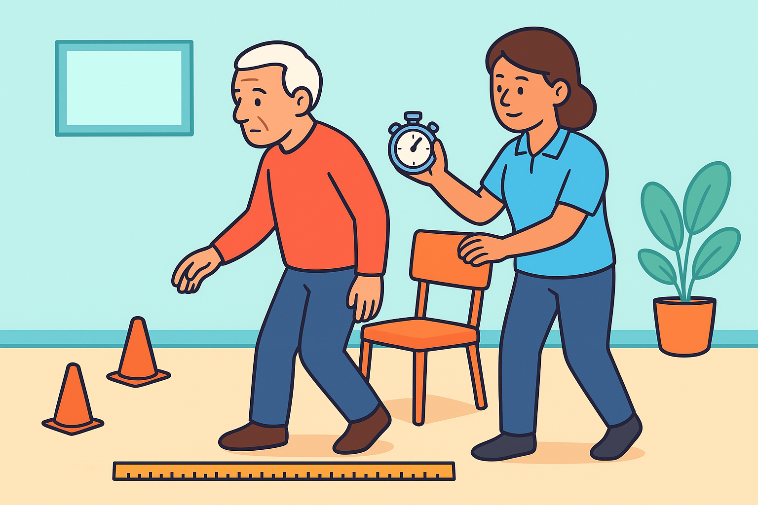Lower Back Pain Causes Females in Pakistan
Lower back pain is a common health problem for women everywhere, and in Pakistan, it affects many women. It can cause discomfort, make daily activities harder, and even lead to long-term health issues if not treated. In this article, we’ll look at the main causes of lower back pain in Pakistani women, how lifestyle habits contribute to it, and ways to manage and prevent this pain.
Lower back pain is very common among women in Pakistan. Many women experience this issue at some point in their lives. Factors like poor posture, hormonal changes, and pregnancy are major causes. Pakistani women, who often juggle family, work, and health responsibilities, may overlook or ignore persistent back pain, not realizing that it could be a serious problem.
If the pain doesn’t go away or gets worse, it’s important to see a doctor. Understanding the causes and treatments for back pain can help Pakistani women take action and improve their spinal health.
Common Causes of Lower Back Pain in Women
Poor Posture and Sedentary Lifestyle
One of the main causes of lower back pain in Pakistani women is poor posture, especially from sitting for long periods. This is a major issue for office workers who spend hours at a desk with little movement. If you work in an office and experience back pain, you can read more about it here: Low Back Pain in Office Workers. Also, lack of physical activity weakens the muscles that support the spine, making it more likely to be injured.
Pakistani women spend a lot of time doing activities like cooking, cleaning, and carrying heavy things. If these tasks are done with poor posture, they can lead to strain on the back muscles and ligaments.
Hormonal Changes
Hormonal changes, such as those that happen during menstruation, pregnancy, and menopause, can have a big impact on bone and muscle health. For example, estrogen levels change during the menstrual cycle, making bones and muscles more sensitive. During menopause, a drop in estrogen can weaken bones, leading to conditions like osteoporosis, which increases the risk of back pain.
Pregnancy-Related Back Pain
Pregnancy is another common cause of lower back pain in women. As the baby grows, it adds weight to the spine, causing discomfort. Pregnancy also causes changes in hormones that loosen ligaments and joints, which can affect posture and lead to back pain. For many women in Pakistan, this pain continues after childbirth as well.
Menstrual Cycle and Lower Back Pain
Many women in Pakistan experience lower back pain that comes with their menstrual cycle. This is caused by changes in hormones, especially increased levels of prostaglandins, which cause inflammation and muscle cramps. This pain usually goes away after the period ends but can be severe for some women.
How Lifestyle Factors Contribute to Lower Back Pain
Diet and Nutrition’s Effect on Bone Health
A poor diet can weaken bones, increasing the risk of back pain. In Pakistan, many women don’t get enough calcium, which is needed to keep bones strong. Additionally, a lack of vitamin D, which helps the body absorb calcium, is common. Without these nutrients, bones can become weak, making back pain more likely.
Lack of Physical Activity
Many Pakistani women, especially those in rural areas or cities with limited access to gyms, live sedentary lives. Without enough exercise, the muscles that support the spine weaken, making them more prone to injury and stiffness.
High Heels and Uncomfortable Footwear
In urban Pakistan, many women wear high heels and uncomfortable shoes. While stylish, high heels can throw off the natural alignment of the spine and put extra pressure on the lower back. Regular use of high heels can lead to chronic back pain over time.
Symptoms and When to Seek Treatment
Common Symptoms of Lower Back Pain
Lower back pain in young women in Pakistan can range from mild discomfort to severe pain that affects daily tasks. Common symptoms include:
- Dull or sharp pain in the lower back
- Stiffness or muscle spasms
- Pain that travels down to the legs
- Difficulty standing, walking, or bending
While most cases of back pain improve with rest and self-care, there are signs that need medical attention.
When to Seek Medical Help
If the pain lasts more than a few days, gets worse, or is accompanied by symptoms like numbness, tingling, leg weakness, or loss of bladder control, it’s important to see a doctor. These could be signs of a serious problem, like a herniated disc or nerve damage.
When to See a Spine Specialist or Orthopedic Doctor
If simple treatments like rest, medication, or physical therapy don’t help, it’s time to see a spine specialist or orthopedic doctor. They can find the cause of the pain and recommend the best treatment, which might include physiotherapy or even surgery in some cases.
Effective Treatment and Prevention for Lower Back Pain in Pakistan
Home Remedies and Lifestyle Changes
For many women, lower back pain can be treated with simple home remedies and lifestyle changes. Using hot or cold packs on the affected area can reduce pain and swelling. It also helps to sleep in a position that supports the spine, such as lying on your back with a pillow under your knees.
Adding more physical activity into your daily routine, like walking or stretching, can strengthen the muscles that support your spine, providing long-term relief.
Exercises and Stretches to Strengthen the Back
Certain exercises can help strengthen the core, back, and pelvic muscles, which reduces lower back pain. Some helpful exercises include:
- Pelvic tilts: Strengthen the lower back and abdominal muscles.
- Cat-Cow Stretch: A gentle stretch for flexibility and muscle relaxation.
- Bridge exercise: Strengthens the glutes, lower back, and core.
Regular stretching keeps muscles flexible and helps prevent back pain in the future.
Treatments for Lower Back Pain in Pakistan
If home remedies don’t work, there are other treatments available in Pakistan. These include:
- Physiotherapy: Specific exercises to reduce pain and improve back strength.
- Pain medications: Anti-inflammatory drugs can help manage the pain.
- Posture correction: A doctor can guide you in improving your posture, which reduces strain on your back.
Final Tips for Pakistani Women to Prevent Back Pain
Stay Active and Stretch Regularly
The best way to prevent lower back pain is to stay active. Regular movement, along with stretching before and after exercise, keeps the muscles and joints in the back strong and flexible.
Invest in Ergonomic Furniture
If you spend a lot of time sitting at a desk or studying, make sure your furniture supports good posture. Ergonomic furniture can reduce the risk of lower back pain.
Eat a Healthy Diet
A diet rich in calcium and vitamin D is important for strong bones. Include foods like dairy products, leafy greens, and fortified cereals to improve bone health and reduce back pain.
Consult a Spine Specialist Today
If you have persistent lower back pain, don’t ignore it. Whether it’s from poor posture, pregnancy, or another health issue, it’s important to get expert medical advice.
Dr. Mahmood Ahmad, a spine surgeon in Pakistan, specializes in treating spinal disorders.
Contact Dr. Mahmood Ahmad today for a consultation. Visit his website to book an appointment and get the best care for your spine health.
By understanding the causes, symptoms, and treatment options for lower back pain, Pakistani women can take control of their health and reduce the impact of this common issue.
